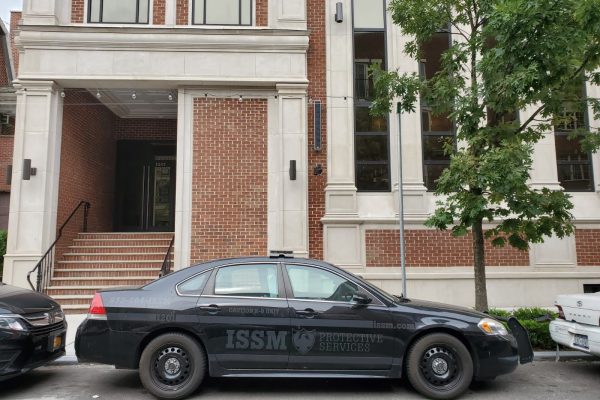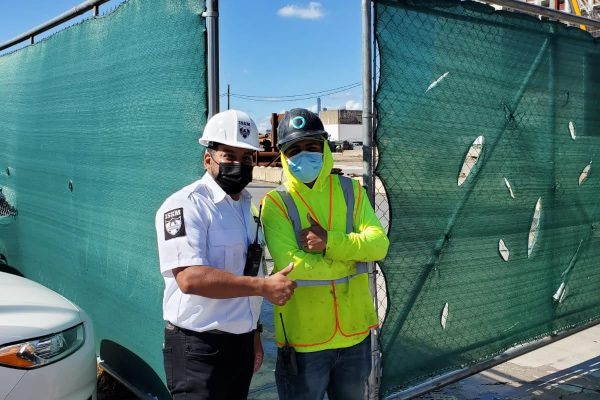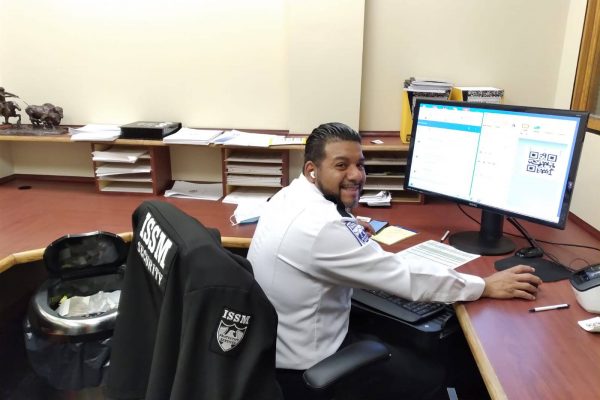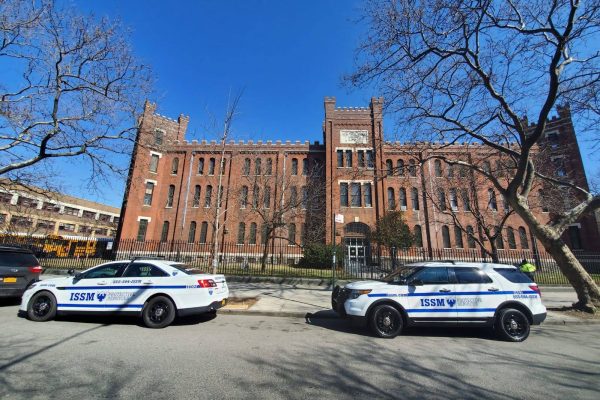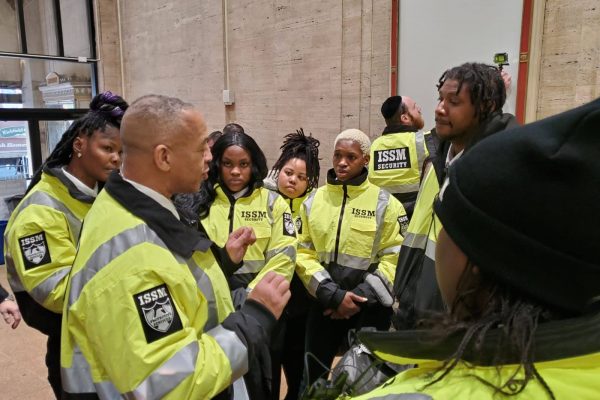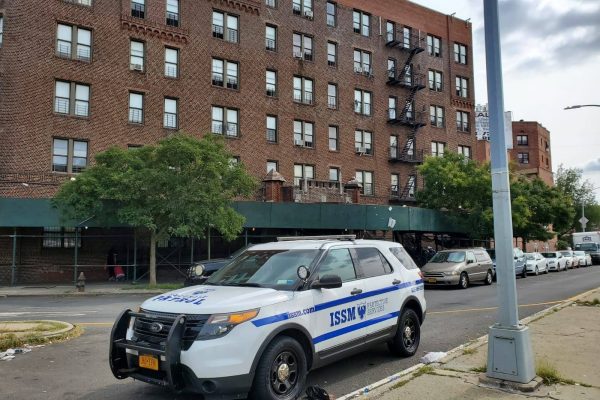We’re all familiar with the “Exit” sign. Designed with either green or red background and bold white capitalized lettering, the Exit sign staunchly proclaims how to get out of any building. “EXIT” is a kind of half offer, half command. Less so, we see signs which say “Entry” because entrances tend to be obvious from the outside. In fact, when it comes to private security, it’s the entryways which matter primarily, in addition to the exits. Therefore, when assessing private security needs, one of the first focuses is on all doors, gates, vents, or shoots which can be accessed for entry.
Securing access is the first line of defense against intruders, be they thieves, terrorists, underground criminals, or sociopaths keen on a rampage. Somehow, they’ll need to get in.
Here are the ways ISSM will analyze your security risk concerning entries and exits:
1) Building Plan Map. View detailed, up to date, building plan maps of doors, gates, vents, or shoots. If the map is not up to date, we will ask that it be prepared before the assessment.
2) Schedule of Locked State. At what hours are these entryways/exits open fully? At what hours might they need a key or code?
3) Permission to Access. Who has the keys or the codes to get in?
4) Cameras & Other Recorders. Which entryways/exits have a camera assessing the traffic, and are they recording just video, or audio as well?
5) Strength. How easy would it be to break down an entryway/exit, or even to skirt it?
6) Alarm System. Which entryways/exits are connected to an alarm system? How secure is this alarm system, or is it easy to discontinue or make it look like the alarm was just a mistake?
7) Exits. Are there specific access ways which are meant only for exiting, and could not be accessed for entry? This is crucial for handling perpetrators’ possible escape routes.
8) Layered Access. Are there multiple entryways to pass before getting to an area which needs guarding, or is there only one doorway?
9) Security Personnel. Which entryways/exits are guarded during open hours? Which access areas are patrolled? What is your trust level in the security guards?
If you are planning to begin – or increase – private security for your building, starting with entryway analysis is a solid first step. Once you know how anyone could get access, you can better assess what further private security steps might be warranted.





